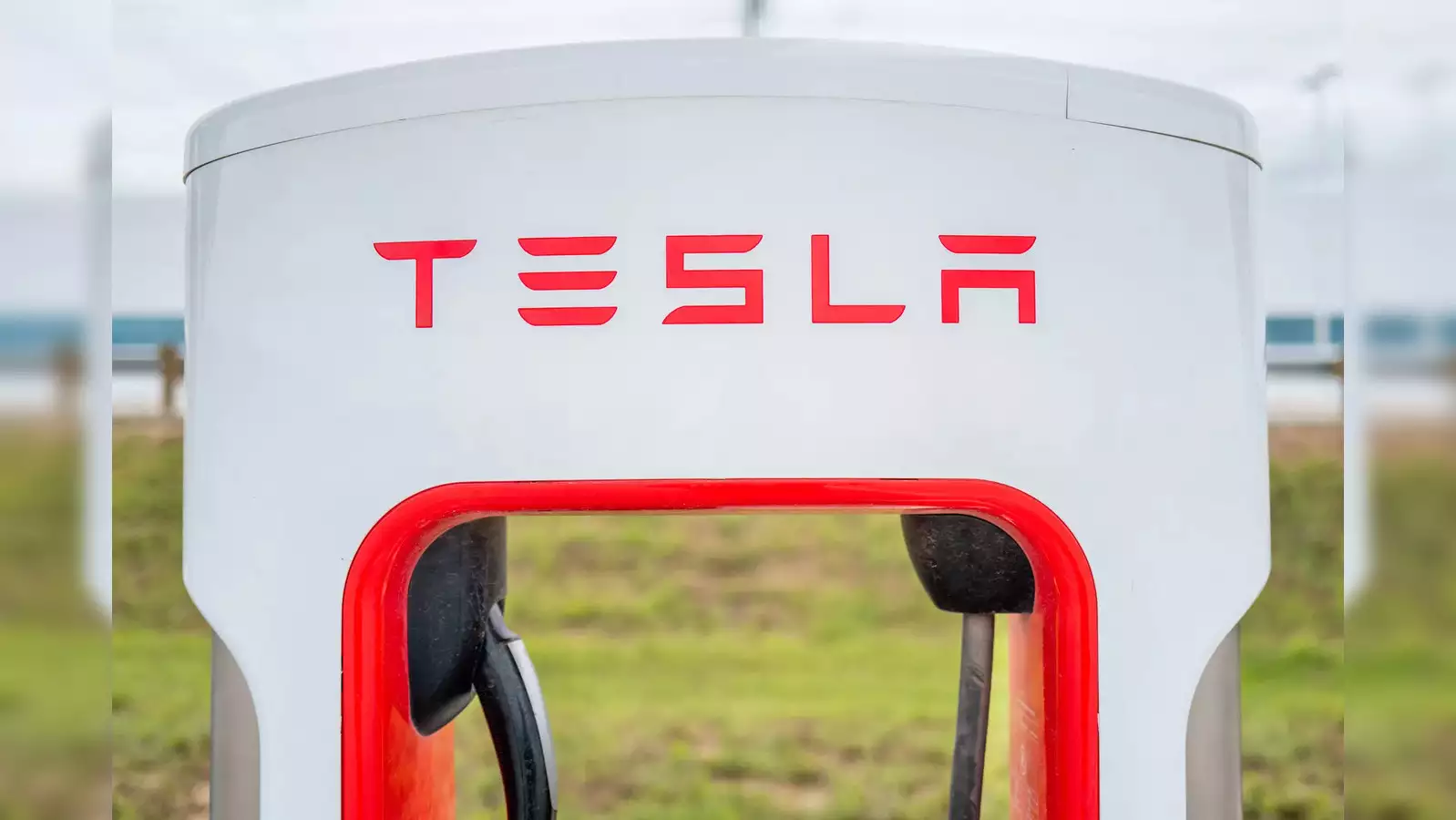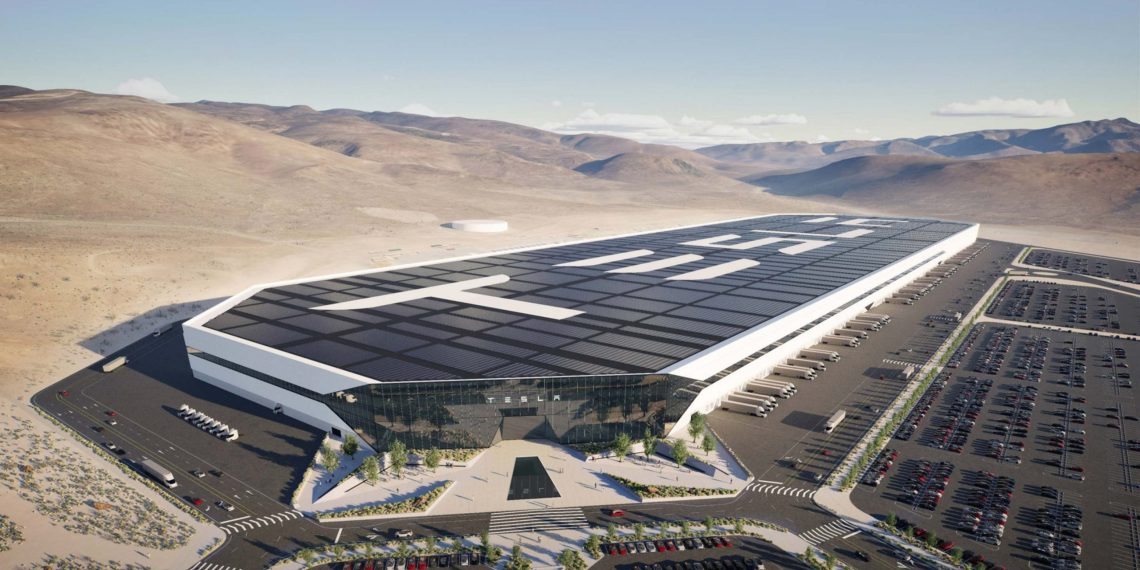Tesla has shifted its approach to gigacasting, abandoning plans for a one-piece underbody casting in favor of its more traditional three-piece method, sources revealed.
Gigacasting, a cutting-edge manufacturing technique, enables the creation of large sections of a car’s underbody using immense pressure from massive presses.
Tesla had previously aimed to simplify manufacturing and reduce costs by producing the underbody in a single piece as it developed a new small-vehicle platform.

The company has since halted this effort, citing a preference for its proven method involving two gigacasted front and rear sections and a midsection made of aluminum and steel frames.
The decision to stick with the three-piece casting marks a retreat from Tesla’s ambitious manufacturing strategy. It reflects the company’s broader adjustment to falling sales, profit margins, and global EV demand, compounded by increasing competition from rivals like China’s BYD.
Tesla’s recent layoffs and executive departures underscore its cost-cutting measures and strategic realignment towards self-driving technology rather than rapid EV sales growth.
The shift away from one-piece gigacasting occurred last autumn, preceding the cancellation of Tesla’s Model 2, an affordable car intended to utilize this innovative manufacturing process.
Instead, Tesla now plans to produce more affordable models using existing platforms and production lines. This pivot signals a departure from the company’s previous trajectory and emphasizes a focus on more attainable pricing for future offerings.
While Tesla has shelved plans for the Model 2, it remains committed to leveraging the small-vehicle platform for self-driving initiatives, such as the development of a robotaxi.

The decision to halt one-piece gigacasting development was driven by a desire to accelerate Model 2 production and avoid potential delays or complications associated with the innovative manufacturing process.
Experts suggest that Tesla’s retreat from gigacasting reflects a pragmatic approach to manufacturing challenges and cost considerations.
Despite the potential long-term benefits of gigacasting, the upfront investment and complexity involved may not align with Tesla’s current priorities and market dynamics.




